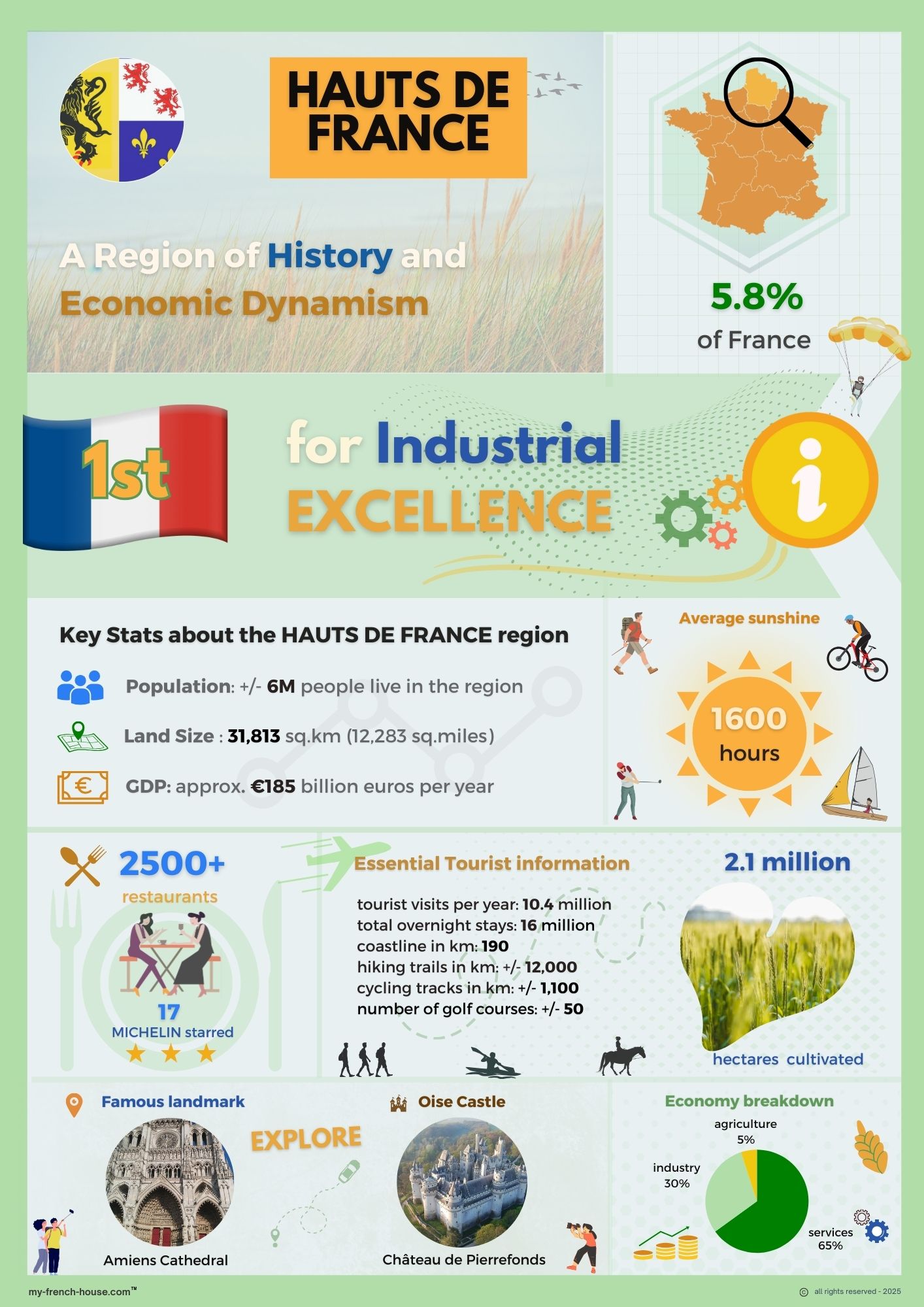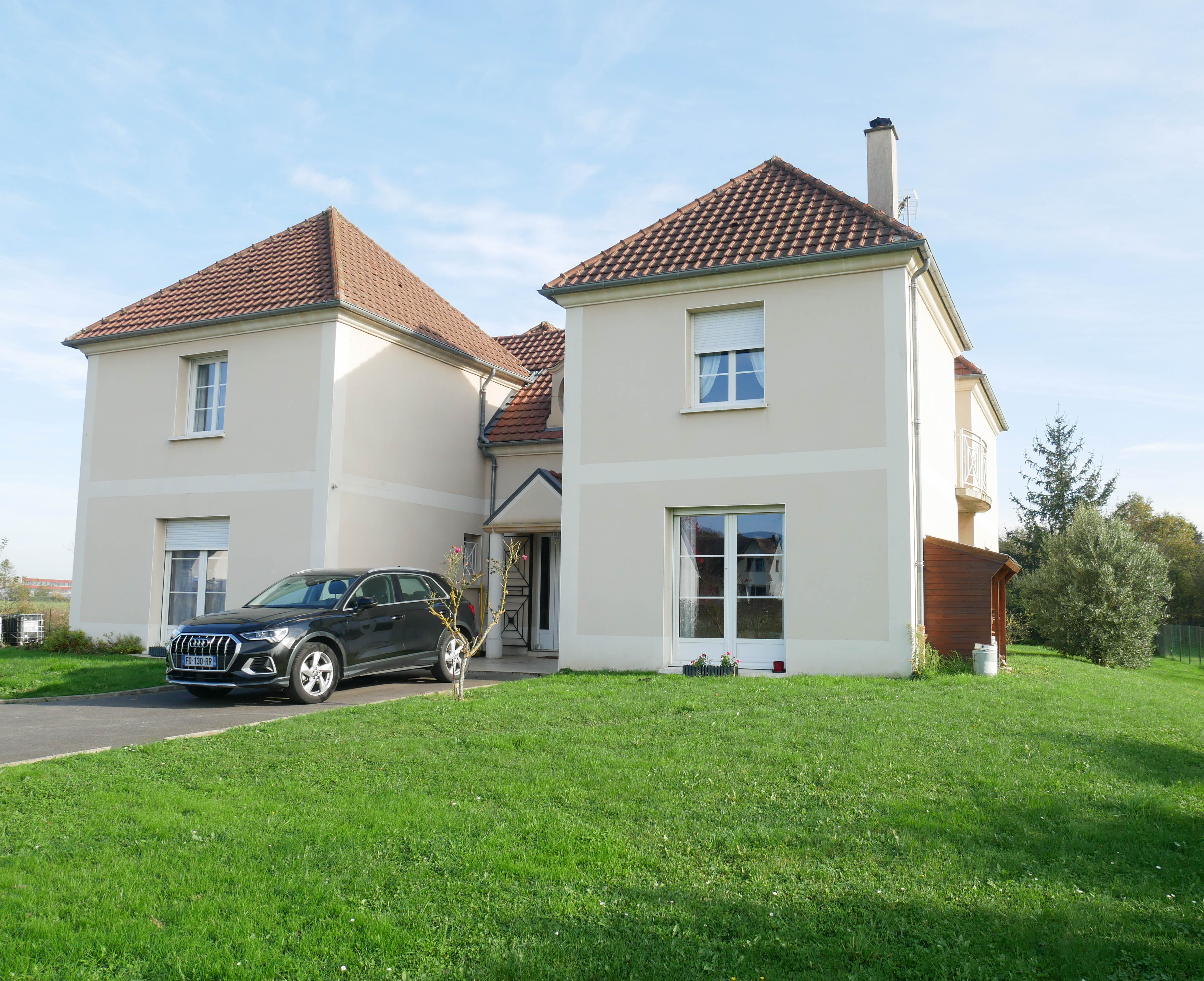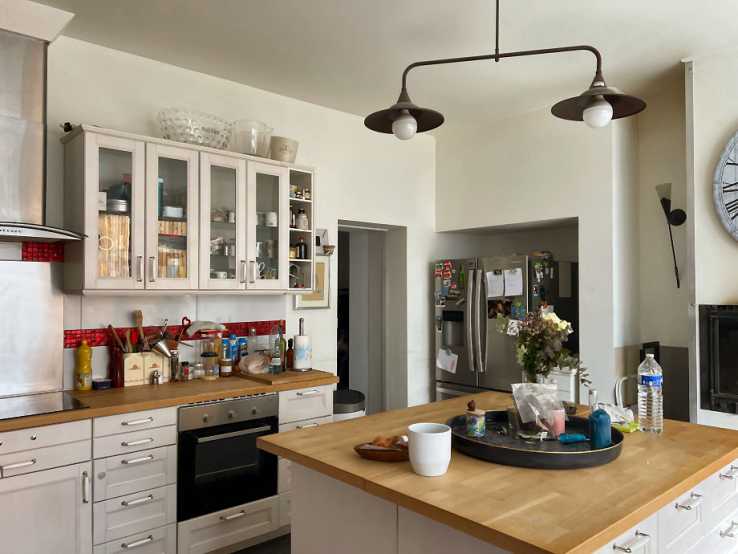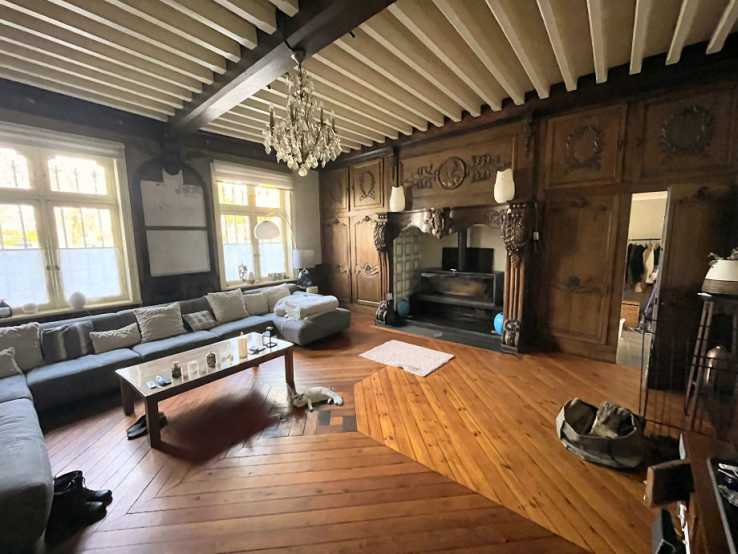Hauts de France: Where History Meets Nature
France’s northernmost region, Hauts de France, was created when the provinces of Nord-Pas-de-Calais and Picardy merged. It consists of the departments of Aisne, Nord, Oise, Pas de Calais and the Somme. It is a popular tourist destination for visitors travelling to see the battlefields and memorials associated with the First and Second World Wars.
Connectivity and Accessibility
The region is well connected to the UK with frequent ferries between Dover and Calais. The Channel Tunnel provides rail links to London and an alternative for cars and other vehicles.
Cultural Influence
Lille, with its bustling commercial centre and lively nightlife, is the largest city in the region. Other notable hubs include Amiens, Dunkirk and Saint-Quentin. The towns of Arras and Lens, home to the Louvre-Lens art museum, have a strong Flemish influence in their architecture and food, as does much of the region thanks to its proximity to Belgium, Paris and the rest of Europe.
UNESCO Heritage Sites
Hauts-de-France is home to two UNESCO World Heritage Sites. One of these is the Belfries of Belgium and France, a group of 56 historical belfries spanning the border of the two countries. The other is Amiens Cathedral, an impressive 13th-century Gothic building in the city's heart.
Nature and Attractions
The Opal Coast is characterised by its chalk cliffs and sandy beaches, which line the English Channel coastline. Resorts include the elegant town of Le Touquet and the fishing port of Boulogne-sur-Mer, which has a huge aquarium, Nausicaá, where visitors can see thousands of marine species. Hauts-de-France borders the regions of Île-de-France to the south, Normandy to the west and Grand Est to the southeast.
Facts and Figures
- Capital city: Lille
- Population: 6 million (around 9.0% of France's total population of approx. 68 million).
- Area: 31,813 sq. kilometres (12,283 square miles), about 5.8% of France's total area.
- Density: About 188 inhabitants per sq. kilometre, well above the national average of 106.
Tourist Information
- Number of Tourists per Year: Approx. 10 million.
- Km of Coastline: Approximately 190 km
- Average Sunshine Hours/Year: Around 1,600 hours
- Châteaux: Approximately 200–300 châteaux, notably the Château de Chantilly (Oise), Château de Pierrefonds (Oise) and Château de Compiègne (Oise).
- Most Famous Landmark: The Palais des Beaux-Arts in Lille
- Golf Courses in the Region: Approximately 45-50 golf courses
Getting to Hauts-de-France
The main cities are Lille, Amiens, Roubaix, Tourcoing, and Dunkirk. They can be accessed using the road network (motorways, national and departmental roads), the train network, or by air. Here's a list of the region's airports and main train stations.
Airports
- Lille Airport
- Beauvais-Tillé Airport
- Albert-Picardie Airport
- Le Touquet-Côte d'Opale Airport
Main Train Stations
- Lille-Flandres Station
- Lille-Europe Station
- Amiens Station
- Roubaix Station
- Tourcoing Station
- Dunkirk Station
Regional Tourist Hotspots
- The Palais des Beaux-Arts in Lille
- Lille
- Amiens
- Roubaix
- Tourcoing
- Dunkirk
- Château de Chantilly
- Château de Pierrefonds
- The Avesnois Regional Natural Park
- The Scarpe-Escaut Regional Natural Park
- The Opal Coast
- Nausicaà National Sea centre
Regional Nature Parks
- Parc naturel régional de l'Avesnois
- Parc naturel régional Scarpe-Escaut
- Parc naturel régional des Caps et Marais d'Opale
UNESCO Sites in the Region
- The Belfries including those in Lille, Arras and other cities in the region)
- The Nord-Pas de Calais Mining Basin
- The Amiens Cathedral
Economic Information
- Economic Strength: The region is known for its strengths in manufacturing, logistics, agriculture and tourism.
- Gross Domestic Product: Approx €185 billion (2022), around 6% of France's total GDP.
- Economy: Services 65% (tourism, logistics and transport, healthcare and education), industry 30% (automotive, textiles, and chemicals) and agriculture 5% (sugar beet, wheat, potato crops and fishing).
- Unemployment Rate: Approximately 9.0% (France’s national rate = 7.2%)
- Universities and Grandes Écoles: Notable institutions include the University of Lille, University of Picardie, University of Artois, and the University of the Littoral Opal Coast.
- Regional Specialities: Hauts-de-France is renowned for its seafood, particularly from the Opal Coast. The region is also famous for its cheeses, such as Maroilles and Mimolette, and its charcuterie, including andouillette and various pâtés. Traditional dishes like carbonade flamande (beef stew), welsh (cheese on toast with an egg) and moules-frites (mussels with fries) are other notable specialities. In addition, the area is known for its beers, waffles and chicory.
Property Prices in Hauts-de-France
- Houses - the average price per sq. metre: €1,738 (source Fnaim - 2025)
- Apartments - average price per sq. metre: €2,137 (source Fnaim - 2025)
- Price trends - average price change over the last 12 months: -0.6 %
Take a look at our infographic below to learn more interesting facts about this region. Click on the links to explore a department and browse our properties in Hauts-de-France.

- Character Homes in Dordogne
- Properties in Southwest France
- Houses for Sale in Occitanie
- Discover the Gascony Selection
- Properties for Sale in Charente
- See our Properties in Brittany
- Properties for Sale in Normandy
- Explore the Provence Collection
- Property on the French Riviera
- Ski Properties in the French Alps
















